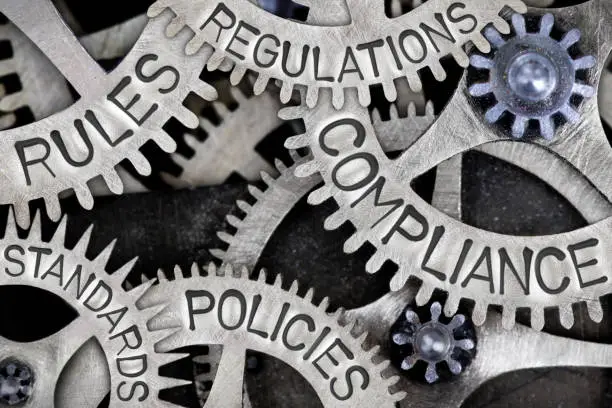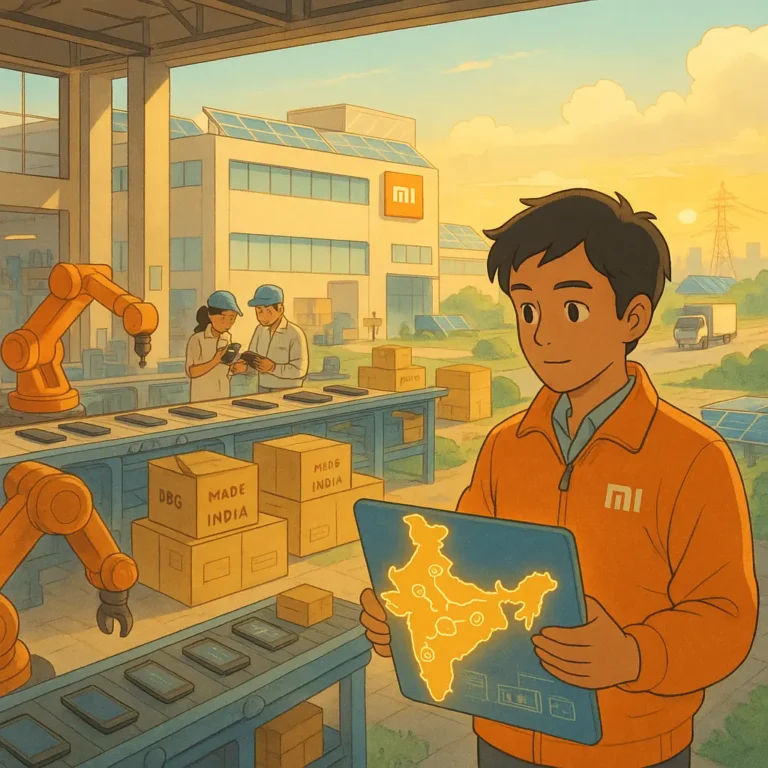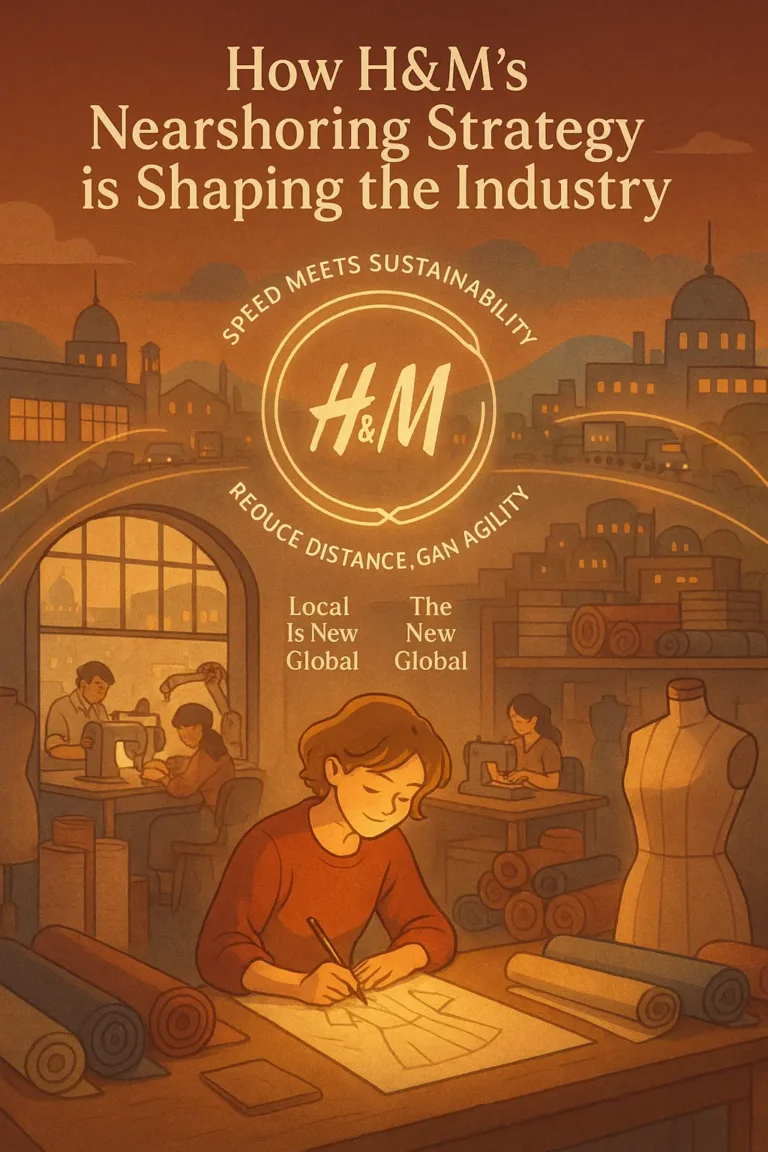
Like supply chains, governance, whether in Africa or any other continent or country, is supposed to be a continuously improving process. This means constant policy and regulatory changes as the government accesses new information. This doesn’t make them bad. It makes them smart.
However, despite the intentions, regulatory and policy changes can impact the supply chain. Sometimes positively and other times negatively.
How can supply chains across Africa navigate regulatory and policy changes?
To ensure that supply chains are always on the right side of any change, there are steps the leadership or business must take. And we will be exploring some of them in this article.
1. Seek out the policy experts
When there are changes to any policy or regulation in any country, the government may not be readily available to explain. Yes, they give our press releases, but many times, those will have as little information as possible.
The true intent behind the policy change will be manifested over time. There could be any number of reasons for this, but the point here is that it is dangerous to wait until the general public knows the full impact of the change.
This is where policy experts become very important. They are analysts who are quite familiar with the law and can tell how each policy change affects the economy, people, businesses, and foreign relationships.
By consulting them, you understand the general scope of the new policies and how they can impact your supply chain. This helps you plan and navigate your supply chain accordingly for best results.
Policy experts may also be in-house lawyers.
2. Audit the supply chain to find problematic areas
As we mentioned earlier, policy changes are not always bad. However, it is important to examine your supply chain operation and processes to ensure there are no affected areas. This will keep your supply chain compliant and avoid potential disruptions in the future.
The African economy is constantly evolving, and auditing the supply chain operations for businesses on the continent should be a constant process. This way, the organization or supply chain can immediately tackle processes that could be an issue.
An example of such processes could customs during import or exports, transportation and sustainability policies. Whatever the case, auditing puts the supply chain in control and helps them avoid unnecessary run-ins with the government.
3. Flexible sourcing
Sourcing is an essential part of any supply chain operation. You will be hard-pressed to find any supply chain that produces its own raw materials (direct and indirect) and then goes ahead to manufacture the product or service for which it is known.
African supply chains must maintain a flexible sourcing program to combat changing governments, regulations, and policies successfully. This means a diversification of sourcing practices.
For instance, with the current policies in place for much of Africa, there is a wide swing in forex prices. Knowing this, it would be unwise for any supply chain or organization to focus on international suppliers when there are local options.
Flexible sourcing helps give the supply chain and organization more options in the face of challenging policies and regulations.
4. Collaboration (internal and external)
In the face of policy and regulatory changes, collaboration is an effective strategy for supply chains to survive. Collaboration here could be done internally or externally.
But whichever route is taken, the objective is to engineer an innovative approach to the new policy change if needed. With external stakeholders, supply chains will seek to leverage their resources, experience, and technical prowess to find a way out.
Collaborating with internal stakeholders will often be geared towards improving internal supply chain processes. It could be quality, sustainability, or resource conservation.
Collaboration allows any supply chain to leverage its stakeholders to find an approach that ensures its survival. The type of collaboration will depend on the part of the supply chain impacted and the available solutions.
For instance, many supply chains in Africa rely on purchasing large quantities of petroleum products just so they can provide their own energy. What if the government bans this? How can they continue to generate energy to fuel their supply chain operations?
It could be something else that threatens the supply chain’s operations. The answer will usually come through collaboration with internal or external stakeholders to find the way forward.
5. Training and Awareness
Regulatory and policy changes often require a slight adjustment on the part of the supply chain. Well, a slight but crucial adjustment. However, there are times when it will need a much larger revamp of procedures and the general operation.
You must carry your staff along to effectively transition, often necessitating training and awareness of the change. Training and awareness help make the transition seamless for everyone.
Trying to push everyone forward without proper education will slow down the supply chain and often cause disruptions or downtimes for the entire system.
Impacts of regulatory and policy changes on supply chains across Africa
Although the African economy is the fastest growing in the world, it still has much catching up to do. This will mean constant policy changes across the continent, even if these changes are not bad. They will have some impacts on the supply chains across Africa, including:
1. Initial increase in cost
One thing a supply chain or procurement manager never wants to hear is increased cost, which is understandable.
However, to properly navigate regulatory and policy changes, these supply chains may temporarily increase the cost of their operations.
It could be to set up infrastructures, research and development, or access more resources. These costs tend to come back down or adjust at a good spot except in drastic cases, which are rare.
2. New relationships
Regulatory and policy changes can force supply chains to build new relationships with external stakeholders, including suppliers, consultants, and government agencies.
Many times, this can be a stressful process for the supply chain because you have to find the right one and then invest considerable resources in maintaining that relationship.
However, it tends to pay up in the long run. When building relationships, it is important to be strategic about it and find partnerships that will be mutually beneficial for all parties.
3. Operational delays
When navigating and balancing new policies and regulations, supply chains can run into issues that will cause downtimes and disruptions to the entire operation.
This will result in operational delays and longer lead times, affecting the supply chain’s performance to its customers.
A typical example is a change in custom policies, which could directly affect most manufacturing businesses on the continent.
Why is it important for African supply chains to stay one step ahead of regulatory and policy changes?
Staying updated on regulatory and policy changes helps any supply chain:
- Operate a robust risk management system
- Kickstart innovation on time
- Stay relevant
- Ensure supply chain visibility and transparency for the government
- Maintain operational excellence
- Adapt quickly
FAQ’s on navigating regulatory and policy changes
These are frequently asked questions on navigating and balancing regulatory and policy changes for African supply chains.
𝗤𝟭: 𝗪𝗵𝗮𝘁 𝗽𝗿𝗼𝗮𝗰𝘁𝗶𝘃𝗲 𝘄𝗮𝘆𝘀 𝗰𝗮𝗻 𝗔𝗳𝗿𝗶𝗰𝗮𝗻 𝘀𝘂𝗽𝗽𝗹𝘆 𝗰𝗵𝗮𝗶𝗻𝘀 𝗸𝗲𝗲𝗽 𝗮𝗻 𝗲𝘆𝗲 𝗼𝗻 𝗰𝗵𝗮𝗻𝗴𝗲𝘀 𝗶𝗻 𝗿𝗲𝗴𝘂𝗹𝗮𝘁𝗶𝗼𝗻𝘀?
Maintaining open lines of communication with government agencies, using regulatory intelligence tools, regularly engaging with regulatory bodies, and subscribing to industry updates are all components of proactive monitoring.
𝗤𝟮: 𝗛𝗼𝘄 𝗱𝗼 𝗔𝗳𝗿𝗶𝗰𝗮𝗻 𝘀𝘂𝗽𝗽𝗹𝘆 𝗻𝗲𝘁𝘄𝗼𝗿𝗸𝘀 𝗴𝗲𝘁 𝗮𝗳𝗳𝗲𝗰𝘁𝗲𝗱 𝗯𝘆 𝗺𝗼𝗱𝗶𝗳𝗶𝗰𝗮𝘁𝗶𝗼𝗻𝘀 𝘁𝗼 𝘁𝗿𝗮𝗱𝗲 𝗮𝗴𝗿𝗲𝗲𝗺𝗲𝗻𝘁𝘀?
Trade agreement modifications may have an impact on sourcing tactics, market access, and tariffs. Supply chains ought to adjust to changing trade conditions, think about broadening their pool of suppliers, and keep up with changing trade regulations.
𝗤𝟯: 𝗗𝗼 𝗰𝗲𝗿𝘁𝗮𝗶𝗻 𝗽𝗮𝗿𝘁𝘀 𝗼𝗳 𝗔𝗳𝗿𝗶𝗰𝗮 𝗵𝗮𝘃𝗲 𝗺𝗼𝗿𝗲 𝗶𝗻𝘁𝗿𝗶𝗰𝗮𝘁𝗲 𝗿𝗲𝗴𝘂𝗹𝗮𝘁𝗼𝗿𝘆 𝗲𝗻𝘃𝗶𝗿𝗼𝗻𝗺𝗲𝗻𝘁𝘀 𝘁𝗵𝗮𝗻 𝗼𝘁𝗵𝗲𝗿𝘀?
Regional variations exist in regulatory complexity. Certain locations might possess more complex regulatory structures, necessitating companies to modify their approaches according to the unique obstacles in each domain.
Conclusion
The African landscape is continuously evolving. Supply chains need to stay updated on these changes if they have any chance of survival. To do well, they will need strategic planning and continuous monitoring.
This will also ensure they are compliant, efficient, and resilient.
Tags: Nigeria, Ethiopia, Ghana, Sierre Leone, Benin, Burkina Faso, Cote d’Ivoire, Togo, South Africa, Mozambique, Egypt, Niger, Senegal, Tanzania, Madagascar, and Cameroun.

Obinabo Tochukwu Tabansi is a supply chain digital writer (Content writer & Ghostwriter) helping professionals and business owners across Africa learn from real-world supply chain wins and setbacks and apply proven strategies to their own operations. He also crafts social content for logistics and supply chain companies, turning their solutions and insights into engaging posts that drive visibility and trust.







